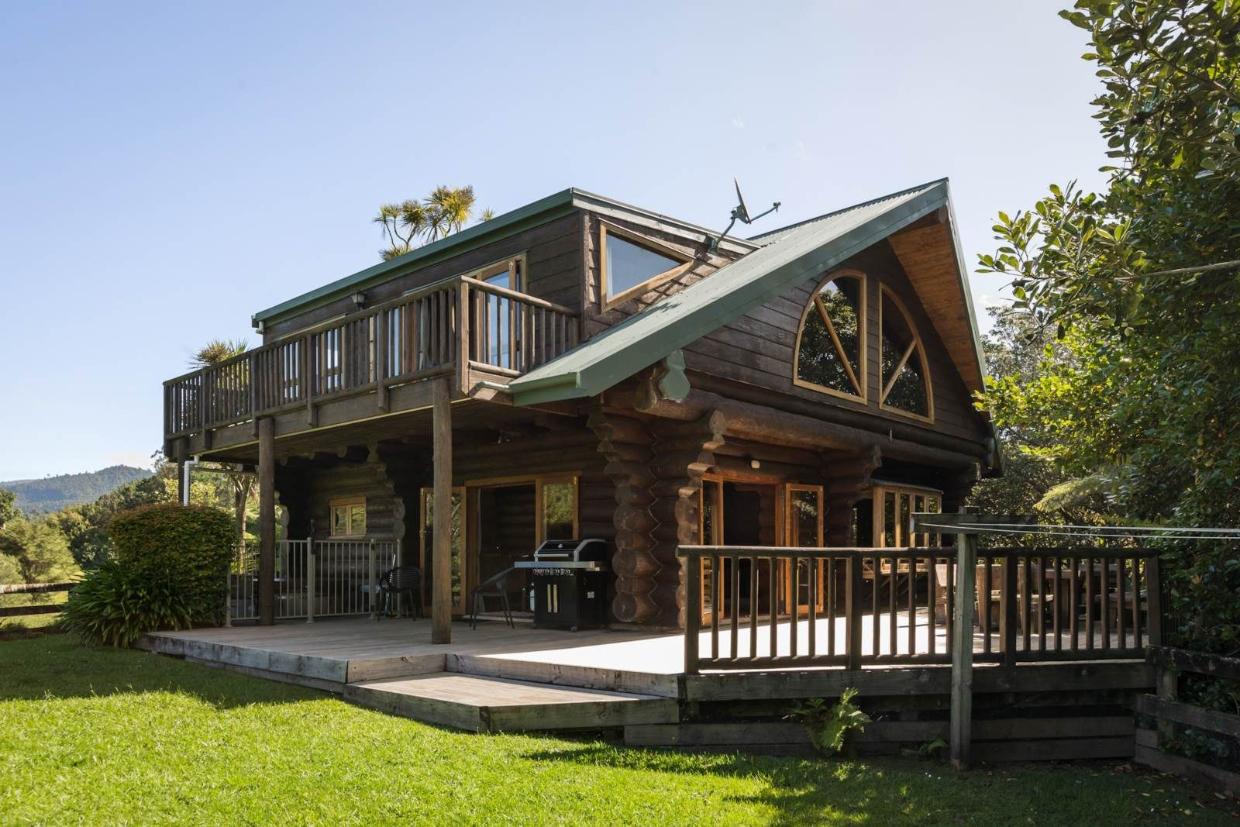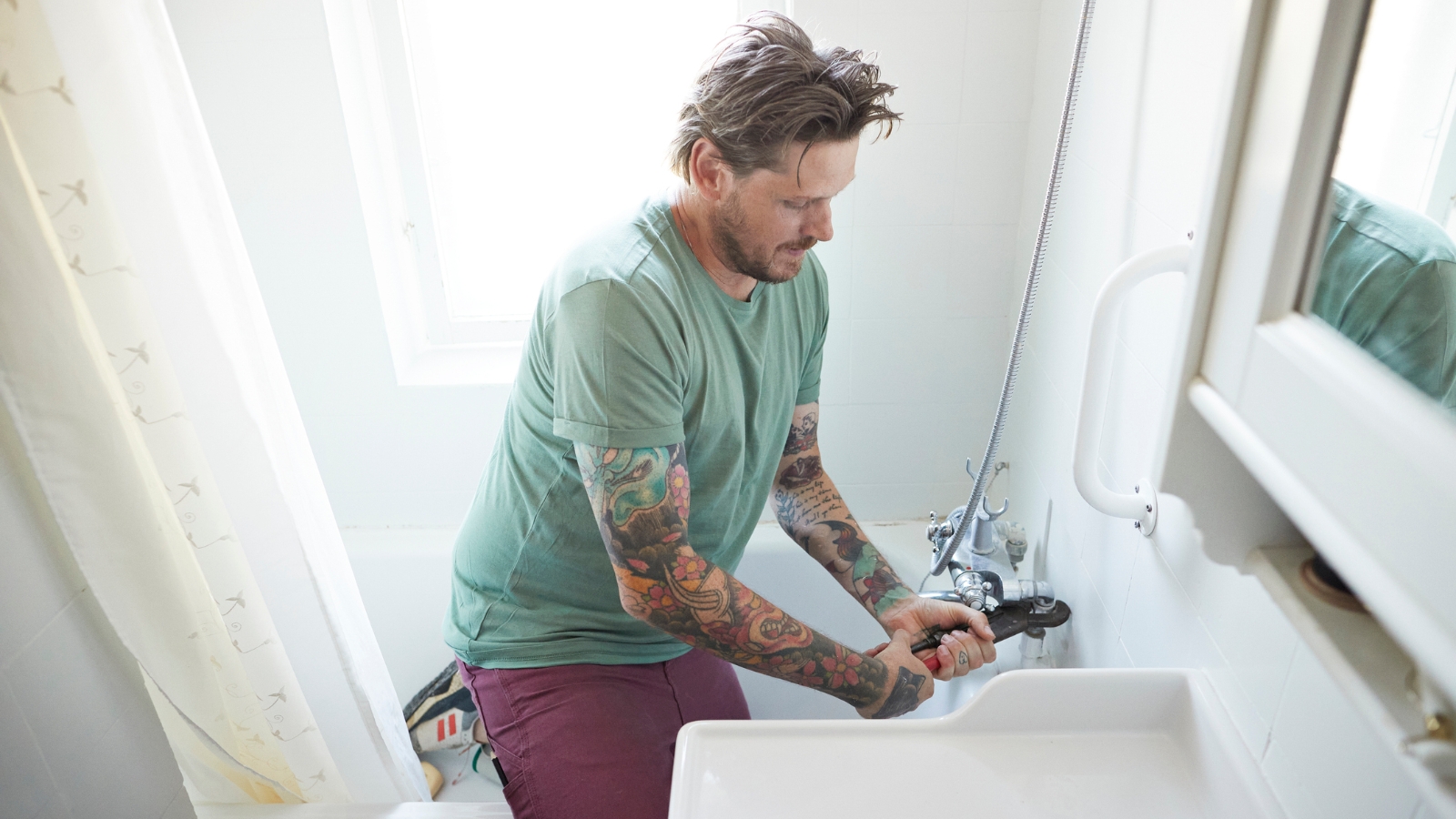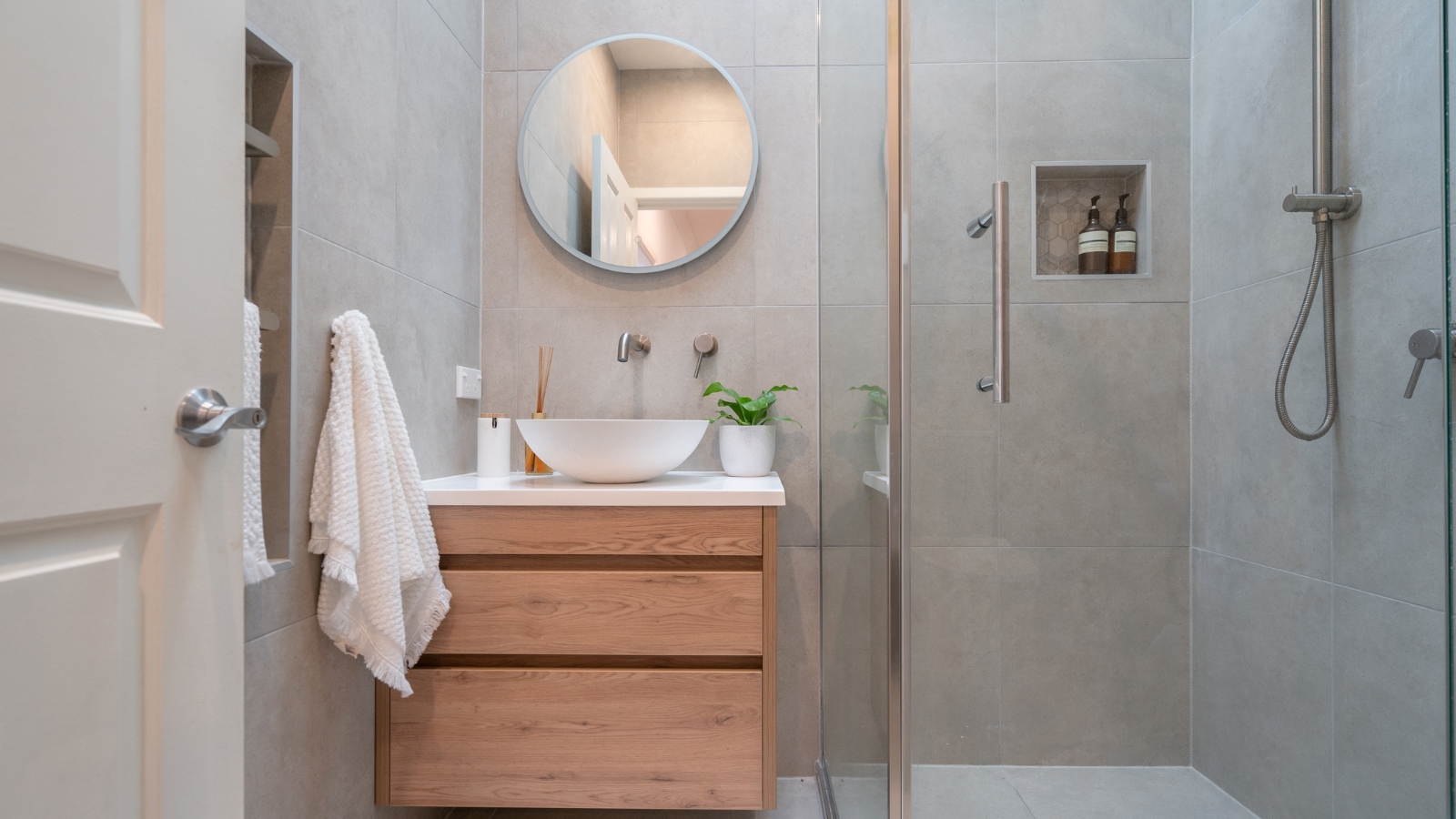Buying guide
The only bathroom renovation guide you’ll ever need
Take your space from bog standard to luxury loo

Renovating a bathroom seems simple at first but you’ll soon realise - it’s a massive job. There are hundreds of details to consider, several tradies you’ll need to find and a fairly substantial cost to cover.
To make your job easier we’ve put together the ultimate bathroom renovation guide.
How much does a bathroom renovation cost in NZ?
The cost of bathroom renovations varies considerably depending on the extent of changes you’re making. Here’s a rough guide according to the experts:
Cosmetic DIY renovations (not including fixtures): $200 to $5,000
Entry level bathroom renovation: $20,000 to $35,000.
Mid range bathroom renovation: $30,000 to $45,000
Premium bathroom renovations: Over $45,000
It’s important to remember that you can spend whatever you want on your bathroom renovation. If you’re willing to do the work yourself and you’re happy with cosmetic changes only you could spend a few hundred dollars, but if you want extensive changes and luxury you’ll need a big budget.
Factors that influence the cost of a bathroom renovation
- The size of your bathroom: for obvious reasons big bathrooms tend to cost more to renovate than small.
The previous use of the room: if you’re transforming a bedroom or laundry into a bathroom it’ll cost more.
Whether consent is necessary: if you're moving the location of plumbing or walls to renovate, chances are you’ll need consent from your local council. This can be costly.
Choice of fixtures, fittings and materials: a large portion of the cost of any renovation will be your choice of materials. For example, if you pick taps, sinks, a shower box and vanity from a budget store you’ll spend a lot less than if you use an imported marble counter and premium fixtures.
Labour: the biggest cost of most bathroom renovations is labour. Plumbers, electricians, tilers, waterproofers and builders will need to spend hours and hours working on your bathroom - and their time isn’t cheap.
Whether or not you use a bathroom renovation company: using a bathroom renovation company may cost you more overall. That’s because they’ll usually charge extra to cover their time (but some of that cost may be balanced out by the discounts they’re able to get on labour and materials).
Renovation company or self managed?
One of the biggest decisions you’ll need to make when renovating your bathroom is whether you’ll use a bathroom renovation company or manage the project yourself. You may save money if you manage the project yourself, but keep in mind that a bathroom renovation project can be a lot of work (and there are several moving parts).
You’ll need the time to make a plan, design your bathroom, choose fittings, fixtures and materials, organise tradies, check their work, and pay their separate invoices. If you use a bathroom renovation company you may spend a little more but they’ll do most of the work for you.
DIY is a great way to save money on bathroom renovations.
Choosing a bathroom renovation company
If you’re set on using a bathroom renovation company it’s a good idea to do your homework and get quotes from at least three providers. To inform your choice check each company’s:
Online reviews.
Referrals.
Portfolio and past projects.
Licensing and insurance (including public liability insurance).
Guarantees and warranties provided.
Last but not least you’ll need to request quotes. Price obviously matters but it’s not always a good idea to go with the cheapest provider by default. If a company charges a little more but has a better reputation and provides superior service they are usually the better choice.
Your renovation to-do list
When you’re renovating it’s helpful to break the project down into bite-sized individual elements to make planning and costing easier. Here’s a detailed but not exhaustive list of changes you could make to your bathroom in the order you should make them:
Planning and design
The first step in any bathroom renovation should be planning and design. You could do this yourself and get a builder to finish the process for you or an interior architect or designer could help (we recommend the latter).
Plumbing
If plumbing needs to be moved this needs to be done early in the process as the plumber may need to access below the floor and behind the walls. It’s not a good idea to do your plumbing work yourself.
Electrical work
If you’re moving switches or rewiring your bathroom an electrician will need to come in and lay cables before structural work is completed.
Structural work
If you want to change the layout of your bathroom this needs to happen early in the process along with the plumbing. You’ll need to hire a builder to help you do this and advise whether or not council consent is needed for the changes.
Waterproofing
Before tiles, fittings and fixtures are installed you’ll need to speak to a waterproofer to line the room. Most tilers can help you with this.
Heating
The time at which you install your heating will depend on what type of system you go for. If you’ve chosen a cheaper wall mounted heater, this can usually be installed alongside the lighting by an electrician at any stage in the process. If you’re going for underfloor heating this will need to be installed before your flooring and fixtures are installed so that the installer has access to the underfloor.
Ventilation and lighting
A qualified electrician can install a ventilation system in your bathroom along with lighting and heating. It’s a good idea to get this done before painting and applying wall coverings.
Tiling
Tiling is one part of the renovation process that renovators often do themselves. If you do, make sure you spend plenty of time on Youtube learning how to install tiles, and buy or rent all the correct gear. If not, you’ll need a tiler - these guys tend to be in hot demand so start looking early.
Fittings and fixtures
Fittings and fixtures include everything that’s stuck to the walls, floor or ceiling in your bathroom. That includes taps, mixers, baths, shower boxes, towel rails, toilet roll holders, vanities, and cabinetry. Depending on what you’re installing you may need a builder, plumber or cabinet maker to help with this bit.
Once these are installed your renovation will come together quickly, from painting and glass installation to final touches.
If you plan well the finished product will be worth it.
Getting consent from your local council
If you change the layout of your bathroom or move plumbing and drains you will most likely need council consent. But don’t worry - your plumber, builder and/or bathroom renovation company can help you get this sorted.
Unfortunately it’s not worth skipping this step as it’s a legal requirement and if you do you may have trouble selling your property in future. Depending on what you’re doing, consent can cost anywhere from a few hundred dollars to several thousand and can take several months. Make sure you factor in these costs at the beginning of the process to avoid any nasty surprises.
How to reduce the cost of a bathroom renovation
Keep the layout the same
Manage the renovation yourself
Stick to cosmetic changes
Do it yourself
Stick to budget fixtures and fittings
Repurpose and reuse
Another way to reduce costs is to quantify them in detail before you start your renovation. If you’re doing it yourself this will mean pricing all your labour and materials before you start the job - if a renovation company is doing it for you this will involve reducing the amount of variable costs they include in their contract. Once you know what your renovation will cost you can cut unnecessary items to bring the amount down.
Repurposing and reusing your other fittings and fixtures is another great idea. This involves painting cabinetry, replacing handles, painting walls or otherwise fixing the existing features of your bathroom.
Sort your finance first
As you’ll now know, renovating a bathroom can be very expensive. It’s a good idea to speak to a mortgage broker or lender before you get started - you may be able to increase the mortgage on your home to borrow
Author
Discover More

Tasman temptations in hot spots like Kaiteriteri and Ruby Bay
Who wouldn’t want a house close to Abel Tasman National Park and at beaches like Kaiteriteri, Ruby Bay, and Mapua?

Riverside log cabin on site of legendary Kiwi music festival hits the market
The Douglas Fir log cabin in Waihi can sleep 12.
Search
Other articles you might like






